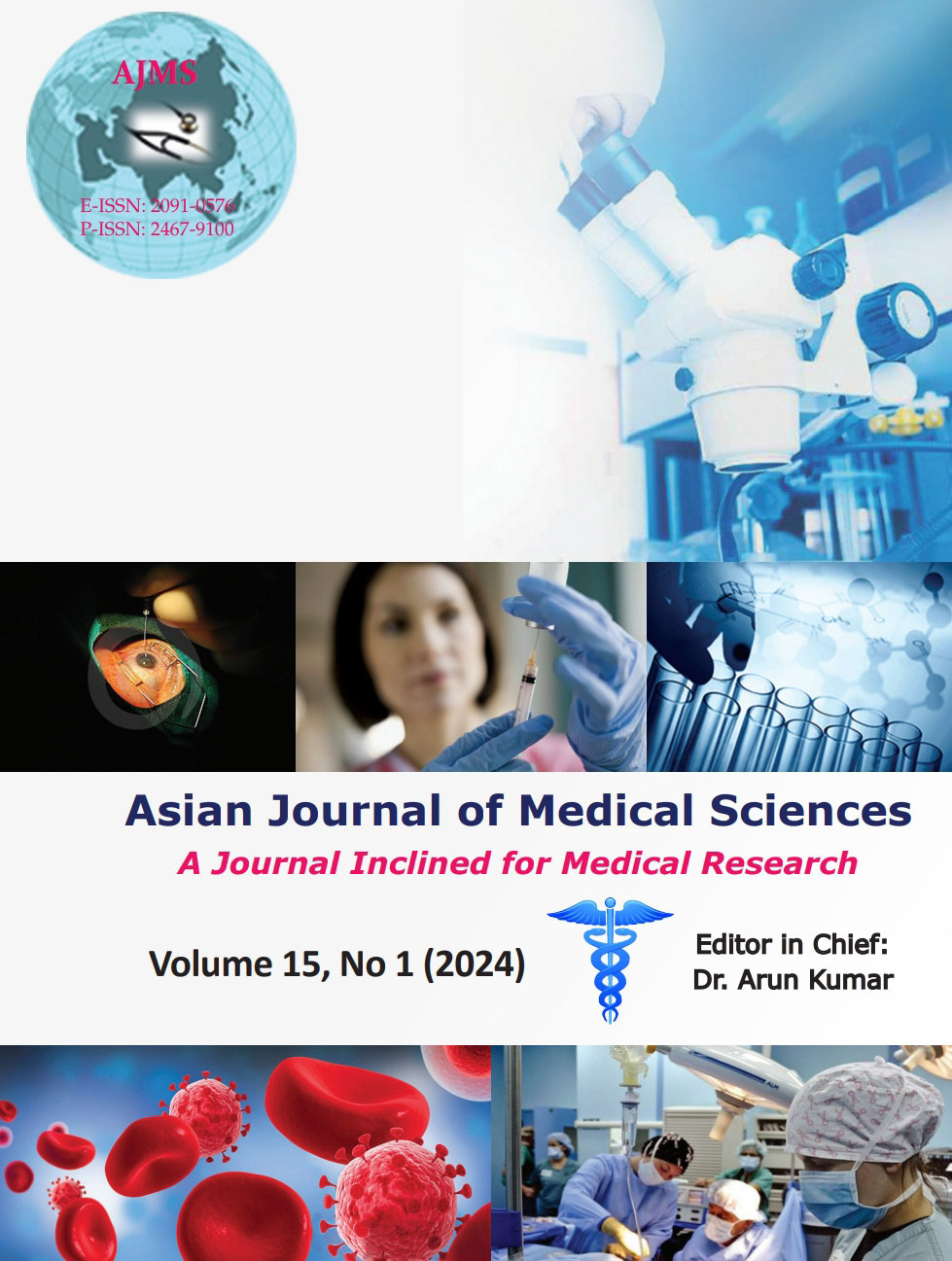Managing childhood acute lymphoblastic leukemia in a child with Emery-Dreifuss muscular dystrophy
Keywords:
Cancer; Muscular dystrophy; Cancer geneticsAbstract
Genetics is increasingly being integrated into clinical oncology practice. It is necessary for risk stratification of disease, for prognostication, for recognition of underlying predisposition, and for recognition of potential toxicity and predicting outcomes. The prevalence of genetic syndromes, their clinical significance, effect on cancer, and its treatment have been defined in recent times. In this present work, we describe the challenges we faced while managing a child with acute lymphoblastic leukemia with an underlying rare muscular dystrophy. The details were recorded from case files and prospectively collected data. Dose modification of certain chemotherapeutic drugs was planned to reduce toxicity in the child. The child responded to treatment and is currently in remission. The recognition of genetic entity and their potential interactions with treatment received for cancer is vital to plan the treatment.
Downloads
Downloads
Published
How to Cite
Issue
Section
License
Copyright (c) 2023 Asian Journal of Medical Sciences

This work is licensed under a Creative Commons Attribution-NonCommercial 4.0 International License.
Authors who publish with this journal agree to the following terms:
- The journal holds copyright and publishes the work under a Creative Commons CC-BY-NC license that permits use, distribution and reprduction in any medium, provided the original work is properly cited and is not used for commercial purposes. The journal should be recognised as the original publisher of this work.
- Authors are able to enter into separate, additional contractual arrangements for the non-exclusive distribution of the journal's published version of the work (e.g., post it to an institutional repository or publish it in a book), with an acknowledgement of its initial publication in this journal.
- Authors are permitted and encouraged to post their work online (e.g., in institutional repositories or on their website) prior to and during the submission process, as it can lead to productive exchanges, as well as earlier and greater citation of published work (See The Effect of Open Access).




